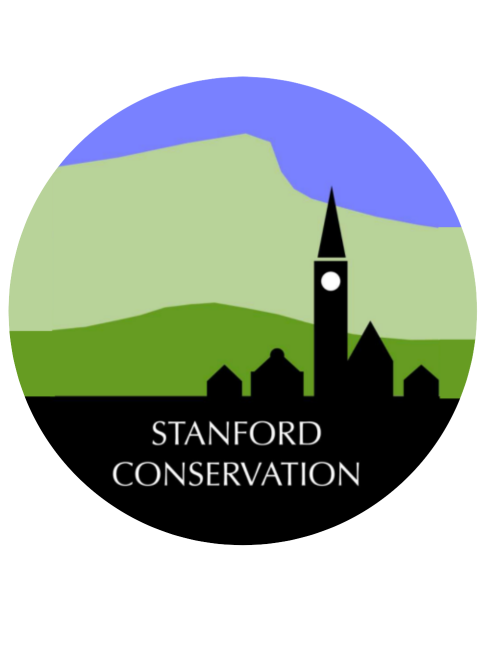Dave Hagen, head of Stanford Conservation Trust’s Wandelpad Committee, has rounded up a small group of people who are passionate about Stanford’s environment.
Together with Basil Whittaker, who was instrumental in the establishment of the Walking Trail or Wandelpad 25 years ago, Bonnie Espie, Marion Binder Williams, Debbie Alexander and Gertrud Lomas-Walker will contribute conservation and horticultural experience and new energy to tackle, in particular, the proliferation of Invasive Alien Plants (IAPs) along the trail. The Wandelpad, beloved by residents and visitors alike, winds its way along the banks of the Klein River and through the heritage village, offering sightings of the many birds in the area.
The combatting of IAPs is ongoing and painstaking, but vital to protecting our estuary ecosystem and fynbos. Stanford is at a confluence of Agulhas Limestone Fynbos and Elim Ferricrete Fynbos which is critically endangered. Along our river, not only Port Jackson, but also poplar, queen of the night and woolly plectranthus spoil the Wandelpad.
IAPs are a major threat to biodiversity on which we are entirely dependent for clean air, water, food and medicine. The committee, which will work with the Municipality’s Green Team, will also look at ways of enhancing our environment, through locally indigenous planting and labelling ecologically important and otherwise significant trees and plants.
The Phragmites reed that has formed a monoculture along our river’s banks is an indicator of poor river health. Many factors contribute to this, including run-off of chemicals and fertilizers from farms up-stream. Small-scale cutting of the reed will have no impact on the problems, so the team will turn its attention instead to establishing a test site, which will be cleared of IAPs, to allow a healthier ecosystem and biodiversity to reassert itself. More on this next time…
